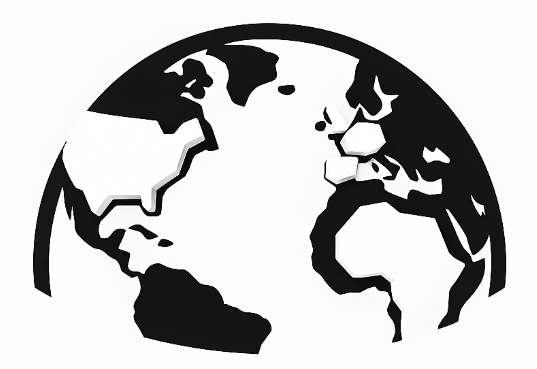We’ve Added 5 New News Sources — And a Curious Visualization to Match.
- Enow George
- 6 hours ago
- 3 min read
Over the past few days, we’ve been expanding the reach of our global media dataset — and we’re excited to share that we’ve added five new news outlets to our system:
France 24
Radio Free Europe/Radio Liberty (RFE/RL)
The Rio Times
Business Insider
These additions bring thousands of new articles into our structured database, broadening our coverage of political, economic, and cultural discourse across continents. Whether it's deep coverage of European politics, independent reporting in South America, or emerging market insights, these sources help us map a more complete picture of what the world is talking about.
A Little Side Quest: Where Do All Our Conversations Lead?
As a playful experiment, we also created a 60-second data-driven visualization that tries to answer a deceptively simple question:
Where do all our conversations lead?
Using tens of thousands of real news stories, we built a clustered treemap that visualizes how global conversations branch and converge — from obscure local events to headline-dominating themes. The result is something between a curiosity and a meditation: a quiet web of names, ideas, and patterns that emerge when you zoom out.

Side Note---
Pakistan? Singapore?
You're not reading it wrong — those entities do commonly appear together, but this isn’t just a chart of “who’s popular.” The clustering is built using a recursive entity co-occurrence algorithm: it groups articles by shared named entities, then traces patterns across layers of mention frequency.
Our dataset spans global news sources, including outlets from Central Asia, Eastern Europe, The Americas, and beyond. Each article contributes equally, so the results aren’t skewed by volume alone. What's fascinating is that when you recursively group stories this way, the paths often converge on geopolitical hotspots — like the US, Pakistan, the UK, or Trump — not always because they’re central to the story, but because they act as semantic intermediaries, showing up in a wide range of global contexts.
Take India and Pakistan, for example. Pakistan — most of whose land is disputed by its neighbors — and India are two nuclear-armed rivals, ranked among the top 10 largest militaries in the world. Their enduring tensions don’t stay confined to South Asia — they frequently ignite flashpoints that ripple globally.
In our data, they’ve become prisms through which Middle Eastern, Central Asian, and South Pacific outlets interpret world events and their other topics semmingly irrelevant when compared to the frequency of their top mentions on a global scale. And yes, stories that mention Pakistan often also mention India, Trump, the UK, and even Singapore. The latter might seem out of place — but it likely appears in the mix through economic partnerships, diplomatic visits, or tech and trade regulations that intersect with these larger players.
As for those big “empty-looking” boxes on the map? They’re far from empty. Each one contains its own deeply nested, recursive topic threads — like folders inside folders. But because this was rendered on what can only be described as a calculator 😅, I had to sacrifice some fine detail to reveal the larger narrative flows.
What you’re seeing isn’t just a popularity map it’s more like a structural blueprint of how the world’s stories connect.
🎥 You can watch the short here: https://youtu.be/3H5bcNKXihM It’s not a product or a pitch — just a moment to pause and explore the noise in a different way.
We’re continuing to ingest and structure more sources weekly, and plan to surface even richer context soon — including visual tools to explore timelines, geographic flows, and thematic trends over time.
Thanks for following along.
— Magken

Comments